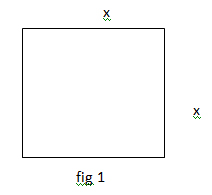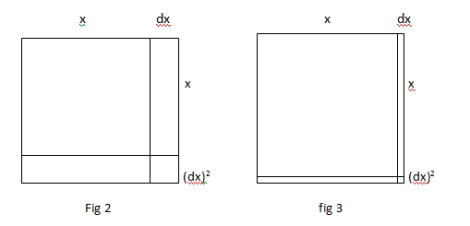March 8, 2011
ORDER OF SMALLNESS
In the process of calculation we have to deal with very small quantities of various degrees of smallness. Let us take some examples:
There are 60mins in an hour,24hrs in a day,7 days in a week. Therefore there are 1440 mins in a day and 10080 mins in a week.
Obviously 1 min is very small compared with a week. It is considered as small as compared with an hour, and its called “minutes”, meaning minute fraction (one sixtieth of an hour). When they came to require still smaller subdivisions of time, minutes are divided into 60 still smaller parts called as “second minutes”(i.e. small quantities of second order of minuteness”). These small quantities of second order of smallness are called “seconds”.
Now we will get into the higher degrees of smallness. In the case of time 1/60 be called a small fraction, then 1/60 of 1/60 (being a small fraction of a small fraction) may be considered as a small quantity of second order of smallness and 1/60 of 1/3600 would be a small fraction of third order of smallness. If we were to take 1/60 of 1/(60*3600) becomes very small and called as forth order of smallness. So by going in to higher degrees the value becomes very small and it can be discarded.
Hence we can neglect the small quantities of second or third (or higher) orders, if only we take the small quantity of the first order small enough.
Now in the calculus we write dx for a little bit of x. these little bits such as dx,du and dy are called “differentials”,i.e.the defferential of x, or of u,or of y. if dx be the small bit of x,but it does not mean that the quantities x.dx or x.x.dx are neglected. But dx x dx would be neglected,being a small quantity of second order.
Let us take an example :
Suppose x as a quantity that can grow by smaller amount dx i.e. x+dx,where dx is the small increment added to x.
(x+dx)2 = x2 + 2x.dx + (dx)2
The second term is not neglected because it is first order quantity ; but the third term can be neglected because it is the second order of smallness.
Taking it geometrically :
in the above square,the side represents x. Now suppose the square is growning by an amount of dx. Then it becomes:
In fig 2 the two rectangles are added to the original square x2. One rectangle area of x.dx and other rectangle area of x.dx. thus forms 2xdx. And the small square (dx)2. In fig 2 we have taken dx as big fraction of x. suppose we are taking dx as a small fraction of x as in fig 3. You can see the square (dx)2 as very small. So it is clear that (dx)2 becomes negligible only if we consider the increment dx as small quantity.

